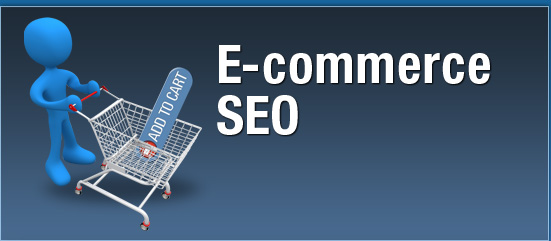9 Ways to Use Technology to Organize Custom Apparel Orders

Custom apparel orders have become a staple of the retail industry. They are a great way to make people feel like they are getting a personalized item while still keeping costs low. But it can be challenging to keep track of everything and ensure that customers get what they ordered at a reasonable price.
1. Shopify App
The Shopify app is used to create custom apparel orders. It is free and easy to use. All you have to do is type in your order’s name, the item’s size and color, and the payment information. If you use a credit card as your purchaser, that information will automatically be added to the order form. When it comes time for shipment, click on Ship Orders. The app will track all of the items in your order and ship them out to customers at different times throughout the day. You can set up a whole host of varying shipping services – like UPS Ground or UPS SurePost – that can be used by each customer in your order.
2. Google Sheets’ Merchandising Functions
If you have a Shopify store, you will have most of the same functions. Merchandising is one way that this can help. It lets you add up to 5 items to the cart, allowing customers to browse through them before they confirm the order. This way, the customer can look for potential additions to their order without having to go back into your website or application form multiple times.
3. Google Sheets’ Shipping Functions
Google Sheets can be an excellent way to keep track of your orders and shipments. The shipping functions are especially beneficial. They allow you to look up customer information quickly – get their shipping or billing information. You can also generate shipping labels directly from the spreadsheet without going back and forth between applications.
4. Google Sheets’ Sales Functions
Google Sheets has a lot of great sales functions. It allows you to set up sales tax and different sales events – like a Black Friday sale that gives you 5% off everything on your website. It also tracks customer information, shipping information, and other customer notes. If something happened during the order that needs to be followed – like an order getting lost in the mail or a refund being issued – it can all be logged in Google Sheets for future reference.

5. Google Sheets as a Customer Database and Communication Tool
If you have many customers, this is the best use for Google Sheets. You can set up different customer groups based on whether or not they have placed an order before, if they’re new, etc. You can also track their information like addresses, payment methods, etc. If one of your customers needs to give you something and doesn’t have your email address handy, then that information can be saved in a Google Sheet – and sent to you via email when it’s the right time to get it.
6. Google Sheets and Inventory Management
Google Sheets can be a handy tool for managing your inventory. You can set up columns based on size, color, or any other attribute you need to keep track of. When a customer requests something out of stock, it’s easy to refer back to the sheet and look up how many are available in each size or color – and if none are available, then suggest alternatives that might work better for them. This is especially helpful for custom apparel orders where customers want a specific product.
7. Accounting Software Integration with Google Sheets
If you use accounting software like QuickBooks or FreshBooks, you will find the integration with Google Sheets invaluable. It allows you to track payments, sales tax, and expenses like shipping costs. This way, all your financial information is centralized in one program, making it easier to manage.
8. Google Sheets’ Reports and Graphs
Creating reports and graphs using Google Sheets is the way to go if you want to analyze what products are selling the best or who your most frequent customers are. You can create custom charts that show everything from the number of orders placed per month to customer demographics or product performance. This type of data can be beneficial when it comes time for a sale or promotion – and you’ll know exactly how much each item will cost you before running any discounts.
9. Automated Email Marketing with Google Sheets
Finally, you can use Google Sheets to automate your email marketing campaigns. You can create a spreadsheet that pulls in customer information and then sends out emails automatically when certain conditions are met – like if they haven’t placed an order in 60 days or if they have abandoned their cart on your website. This is a great way to keep customers engaged and get them to return for more custom apparel orders.
Technology has changed everything in the way that we order custom apparel. It’s easier, faster, and more convenient than ever before. More importantly, it frees up your time so that you can focus on other essential things in running your business.
FAQs
What is the best way to use technology to organize custom apparel orders?
The best way to use technology to organize custom apparel orders is by using a program like Google Sheets. It offers many great features, such as tracking customer information, accounting software integration, automated email marketing campaigns, and creating reports and graphs for analyzing sales data.
How can Google Sheets help with organizing custom apparel orders?
Google Sheets can be incredibly helpful in organizing custom apparel orders. It helps by allowing you to track customer information, manage inventory and shipping data, set up different sales events like Black Friday discounts, and much more. With all this data centralized in one program, the ordering process is much easier and more efficient.
How can automation help with custom apparel orders?
Automation can make the entire process of ordering custom apparel much faster and more efficient. With automated emails, you can send reminders to customers who haven’t placed an order in a while or even thank them for their purchase immediately. You can also automate specific tasks such as tracking inventory levels or calculating taxes on each sale – freeing up your time so that you can focus on other aspects of running your business.




